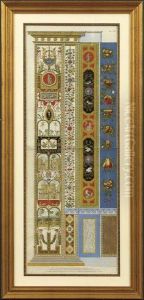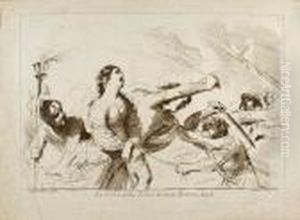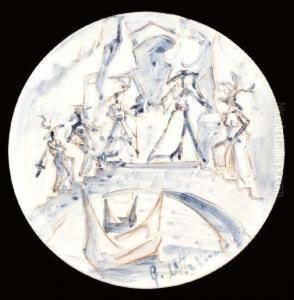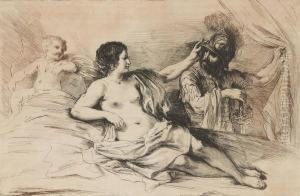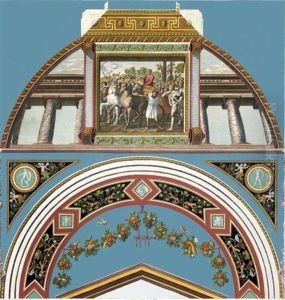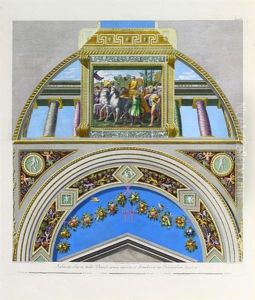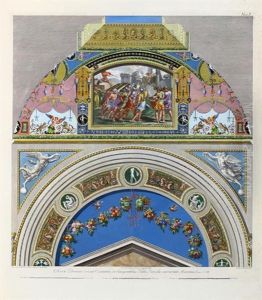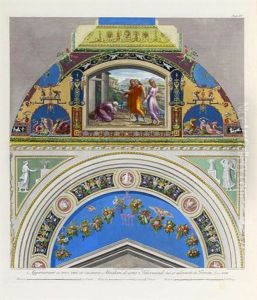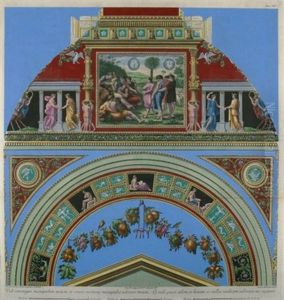Giovanni Ottaviani Paintings
Giovanni Ottaviani was an Italian engraver, born in Rome in 1735. He was known primarily for his skill in engraving and etching. His works often depicted antiquities and were based on the designs of other artists, such as Giovanni Battista Piranesi, with whom he is frequently associated.
Ottaviani's most famous work is a series of engravings after drawings by Raphael, particularly from the Logge in the Vatican, which were designed by Raphael and his workshop for Pope Leo X. The series, known as 'Loggie di Rafaele nel Vaticano', consists of 52 plates and was produced between 1772 and 1777. It showcases the frescoes in the Vatican Logge, which are based on Raphael's original designs and were executed by his pupils. Ottaviani's engravings played a significant role in disseminating the designs of the High Renaissance to a broader European audience and influenced neoclassical aesthetics.
Throughout his career, Ottaviani worked with various publishers and was involved in the production of other important works, including engravings of ancient Roman statues and other classical art. His engravings were highly detailed and sought to accurately convey the beauty and intricacy of the originals.
Giovanni Ottaviani passed away in 1808. Although not as widely known as some of his contemporaries, his contributions to the field of engraving during the 18th century were significant, particularly his role in capturing and sharing the Renaissance art of Italy with the world. Through his meticulous reproductions, Ottaviani helped to preserve the legacy of artists like Raphael for future generations to study and appreciate.
